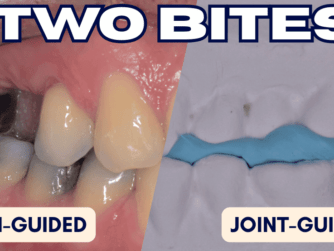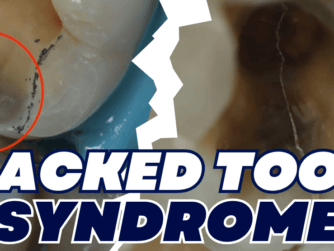Podcast: Play in new window | Download (Duration: 25:00 — 35.3MB)
Subscribe: RSS
Is Shillingburg’s textbook irrelevant?
What materials are used in the real world?
Is it right that dental students are primarily taught PFM crown preps?
When to Onlay and when to go full crown?
The Direct vs Indirect debate continues, too!
In this two-part journey, we’ll dive into the world of crowns, bridges, and ceramics, exploring their applications, benefits, and the science behind these crucial dental materials.
Join Emma and Jaz as they guide you through the fascinating world of indirect restorations.
Highlights of this Episode:
- 01:46 Welcoming Emma back
- 02:07 Emma’s Learning Progress
- 05:57 Crowns: Material Choices and Real-World Applications
- 09:41 Onlays and Overlays
- 11:33 Direct vs Indirect Restorations
- 18:40 Onlays vs Crowns: Decision-Making
- 22:18 Conclusion and Next Steps
Don’t miss the special notes on Indirect Restorations available exclusively in the Protrusive Guidance app in the ‘Crush Your Exams’ space!
This episode is not eligible for CPD/CE points, but never fear, there are hundreds of hours of CPD for Dentists waiting for you on the Protrusive App!
For the full educational experience, our Ultimate Education Plan gives you access to all our courses, webinars, and exclusive monthly content.
If you love this episode, be sure to recap PS005 – Should our Restorations Follow Textbook Anatomy? Tooth Morphology







